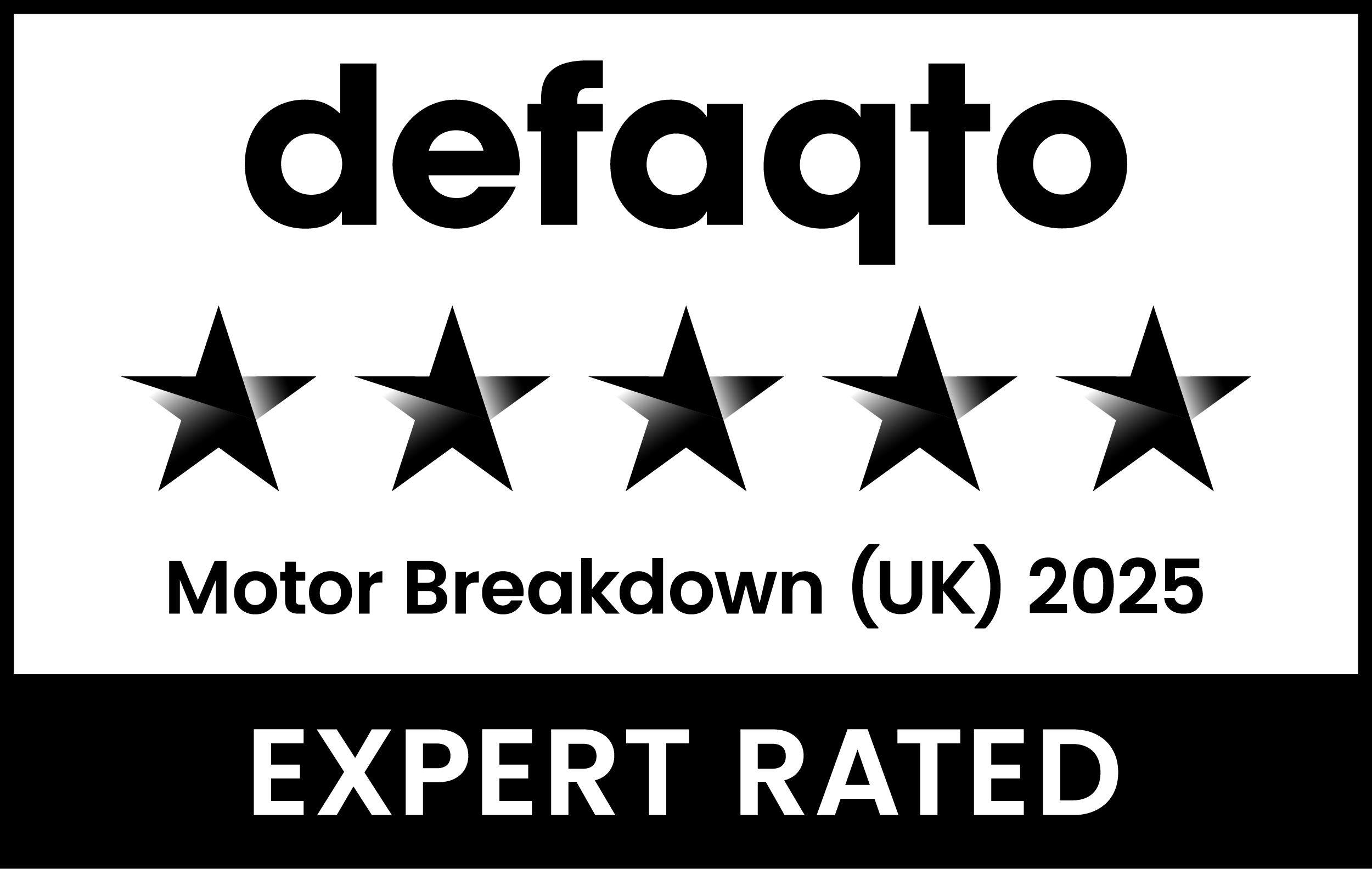
Artzzz/Bigstock.com
After the original 13 American colonies split from Great Britain in 1776, the emergent United States went in a rather different direction from its motherland. Both embraced democracy of course, but fascinating differences have evolved in everything from humour to tipping to favourite foods; they like jello-and-peanut butter on their bread, we prefer Marmite.
Another way the US differs from Britain is how it builds its cars.
Americans love their automobiles. The combination of cheap fuel, long open roads and an automotive-obsessed cinema have made the car far more than just a way to get from A to B. It's an extension of a driver's personality, a four-wheel symbol of economic success, freedom – independence.
Compare that to the smaller, more sedate cars of Britain, with its narrow roads, costly fuel and, outside the buyers of Rollers and Astons, its phobia of the ostentatious.
And few cars are more ostentatious than the muscle car: loud, fast – and very American.
The 1949 Oldsmobile Rocket 88 is widely revered as the very first of the breed, but the heyday of the US muscle car really ran from 1965 to 1970. There is no exact ‘muscle definition’, but if a car is on the small size with two doors, yet has a high displacement engine under the bonnet – and was American-built – then it can be realistically termed a muscle car.
Developed for visceral straight-line speed, muscle cars were never built in vast numbers. Rather, they were made to sit out on forecourts and lure customers in, who would usually opt for a more sensible set of wheels.
The fuel crisis of 1973, followed by another in 1979, put petrol-guzzling muscle cars out of favour with US buyers – the main customer base. Since then, more economical cars – many from Japan – have found homes on US driveways.
That's not to say the muscle car is dead. Someone always has enough money to spend on the gallons of petrol needed to keep one on the road.
Modern versions of the Mustang and Camaro continue to carry on the muscle tradition, offering ever faster, more aggressive rides. And if anything, the price of running one has gone up. Take the Challenger SRT Hellcat, for instance. Its 707 horsepower engine pulls it to 60mph in just 3.5 seconds, and delivers a top speed of 199mph. Aside from the big price tag, it burns a wallet-stripping 1.5 gallons of petrol per minute.
Those sort of numbers put it in the same league as the very British Aston Martin One-77 or the McLaren 675LT. Despite conflicting tastes over what we spread on our toast, perhaps we're not so different after all.
Happy Independence Day, America.




